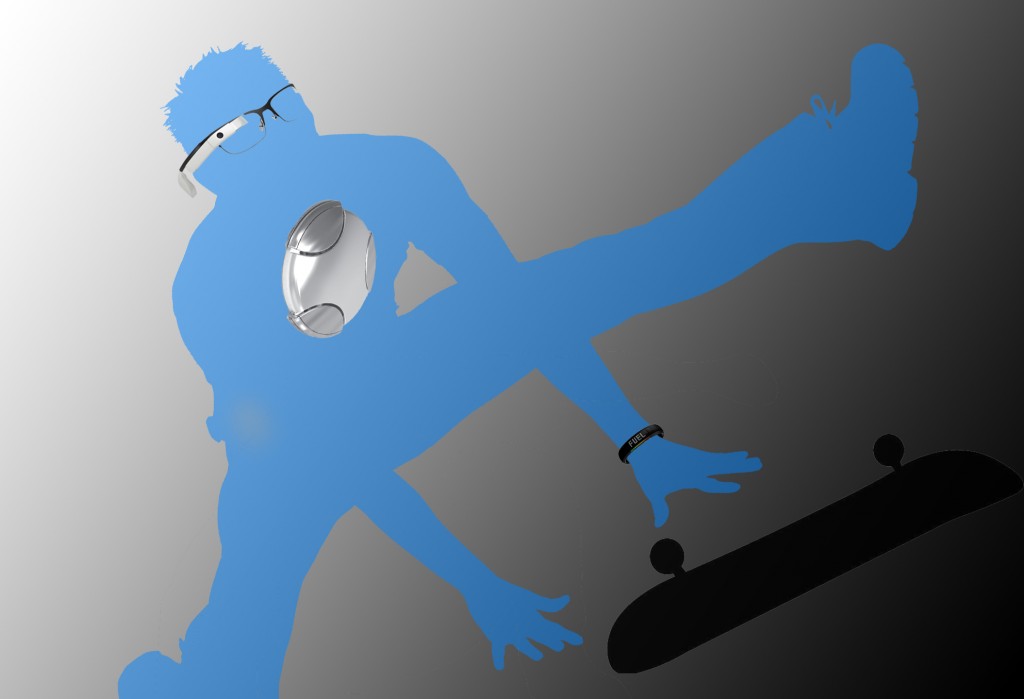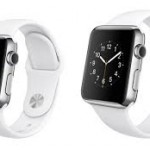
The word wearable has become a buzzword in recent months as a direct result of Apple who are literally on everyone’s radar for having released their much anticipated iWatch in April of this year. While no ground swell has yet resulted, the market is more highly visible than ever and the expectation now in June of 2015 seems to indicate a steady uptrend in interest and adoption. As of this month Apple is expected to unveil a rewards program with Apple Pay which is expected to stimulate sales.
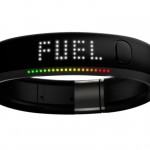
Wearables first came to into mainstream view with launch of FuelBand by Nike in early 2012. This was one of the first consumer electronics wearable devices capturing a niche in the fitness market. In what seems to be a telling reflection of the speed and uncertainty in today’s market Nike discontinued the line at the end of 2014.
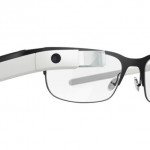
Google glass reflects a less successful example of capturing positive mainstream attention and adoption. Despite aggressive marketing of one of the industries most progressive innovation company’s learned the journey of consumer acceptability of a hands-free device. Google has been resilient with their commitment of the technology and has continued to be exploratory in future use cases.
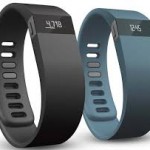
Very recently IDC released marketing info indicating Fitbit was the top selling wearable for the first quarter of this year. The price point of slightly over 100 dollars may be a significant factor here and the conversely steep 350 plus dollar price point for the Apple Watch seems to be a prohibitive factor for many. Xiomi’s M Band also moved well in the first quarter and the accessible price point was also likely a factor here.
One area that has been instilling uncertainty on the part of potential adopters is the privacy issue. Wearables can monitor and reveal a significant amount of personal health and fitness data about each user. In addition to their purchasing habits, preferences, and geographic location. Which can be extremely relevant to corporations, third party service providers and r + d teams as a way to drive predictive analytics about users and their behaviors. It can also be concerning to the users and to who has access to the data, how do they get it and what they do with it. From a consumer standpoint the unknowns in the data and privacy issues will need further regulation and transparency for greater clarity into the potential pros and cons.
What follows are some ideas and insights gleaned from a casual conversation some weeks back with Stephanie Battista who has a 15 year background in product design and wearables and is currently the Senior Strategist of Wearables at Modern Edge.
Prior to this year the one niche of the market that garnered most of the attention from the general public was the fitness wearable segment. The Nike Fuel Band gained massive exposure in the wearable space partly due to their brand loyal consumers and fitness community. They achieved impact and adoption level quickly and were able to usher the first wave of activity trackers in 2012.
Nike ceasing production in the Fuel Band last year seemed to announce the end of a chapter that was just beginning. There are many reasons Nike may have chosen to phase out of the wearables space. Their alliance with Apple was a smart move, and it allowed the momentum to continue in the market with other competitive products from a range of companies. Inspiring an innovation movement that has been filled with interesting use cases and applications, said Stephanie Battista.

“Wearables is becoming a complex space and the infrastructure needed to create scalable solutions that have the ability to integrate with third party service providers and platforms is imperative to providing seamless and reliable consumer solutions that are well designed.” “Tracking data analytics and providing meaningful data that will continue to be enhance consumer lifestyles and choices will be imperative to moving past the very short trend of the 3 to 6 month wearable user life cycle,” added Stephanie.
Apple’s I-Watch was both long anticipated and heavily scrutinized by the entire industry seem to have single-handedly made the word Wearable a part of the modern vocabulary. While falling short of becoming a blockbuster in terms of sales in it’s first few months, interest in the product has been significant enough for us to say we’ve crossed a threshold. Stephanie had provided a thumbs up on the Apple iWatch praising both it’s form, features, and functionality. Apple is known for it’s superiority in providing a unique consumer experience in their products and matching what appears as effortless simplicity in their design thinking and strategy. Doing that in the form of a wearable presents challenges such as the aesthetics, which is a common conversation from a gender perspective. Keep in mind designing a wearable experience that effortless integrates reliably with the users lifestyle and provides a slightly different experience than a smart phone, is a tall order. Value needs to be created through the eyes of the consumer by creating complimentary accessories that are seamlessly integrated. Their tradeoffs to be considered with a wrist worn wearable. Wrist worn devices are competing with wrist space, which have been occupied by elegant time-pieces as a self identifying status symbol. There are many considerations and the list goes on, even for the leaders in the market.
An area that Stephanie stressed would be of increasing importance in years ahead is the embryonic market for medical wearables with an emphasis on wearables that would fall under the umbrella of preventative medicine. While not as attractive as the world of smart watches and fitness trackers this would be an area that would do even more to improve the quality of life in a direct way. Although I might cynically add that preventative medicine in the U.S is woefully under utilized in that we often reactively wait until medical issues become very serious and respond with the big procedures and the accompanying plethora of pharmaceutical drugs. One wonders how much of this is a by product industry based on profit motive. One might have the suspicion that the industry would have less interest in a healthy population of people who would have no need for major operations and a mass of prescriptions. By virtue of opening a new and potentially large market for physical products might be a way for the industry to do the right thing for the wrong reasons.
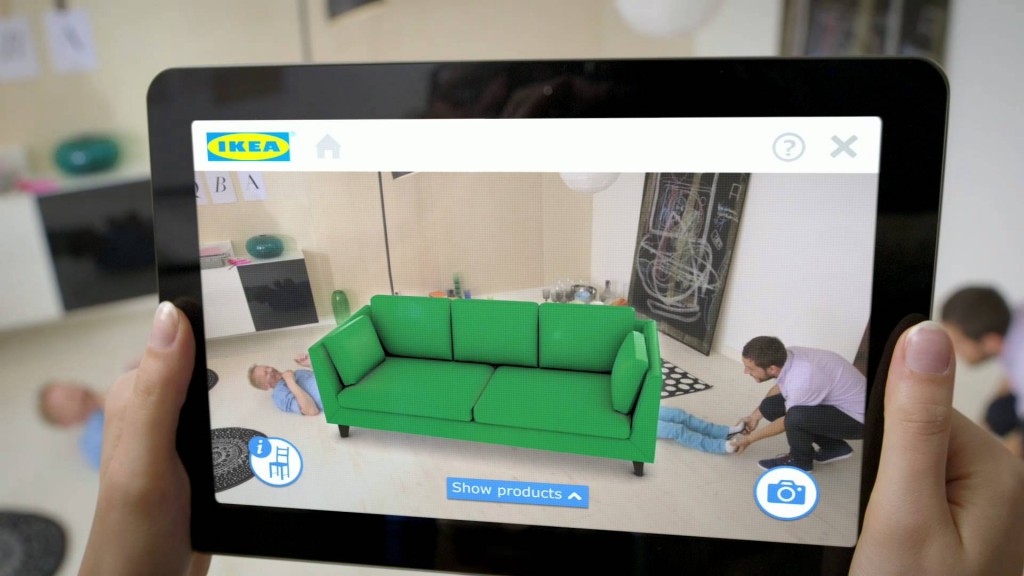
Image courtesy of IKEA
Another area she feels will have life changing consequences in the near future is Augmented Reality. While the scope and breadth here are almost boundless, and this subject alone might be worth a long in depth article, if not an actual book, this might be viewed as a way of heightening and enhancing real-world, real-time situations with immediate information. On a simplistic level, for example, my walk to the Chicago lakefront might be enhanced by knowing not only air and water temperatures but potential weather and a plethora of other information. This might include object recognition inclusive of foliage, buildings and objects in retail windows on my walk. While this is just the tip of the iceberg we can see the potential for a wide variety of uses in education, industrial design and architecture, and slightly more grey areas such as law enforcement (think Minority Report). We can see how some aspects of Augmented Reality have already made there way into television in both sports broadcasting where in a football game, the section of field required for the offense to get a first down is marked or how in today’s TV weather reports often include 3D imaging and visualizations are an accepted standard.
Decades ago well before the apps even existed I used to joke about an idea I had to project a holographic image of one’s net worth two feet above the heads of all males at all times. If one had a negative net worth the monetary value would be in red. While this might have been a reflection my own sense of absurdity at the time coupled with a dose surrealism and a twist of the subversiveness in response to the societal obsession with upward mobility and monetary status, to this day I feel there is a core of altruism and honesty to this idea. The looks of horror and derision when I mentioned this to people at the time has only strengthened my resolve that I was on to something here. Now that we may be on the brink of realizing something along these I do have some second thoughts.
It seems likely that 2015 will be seen as the year that Wearables crossed into the mainstream public consciousness. Buckle up, we are about take off on an exploratory adventure through innovation.
Article written by Dave Mazovick for Design Engine.

